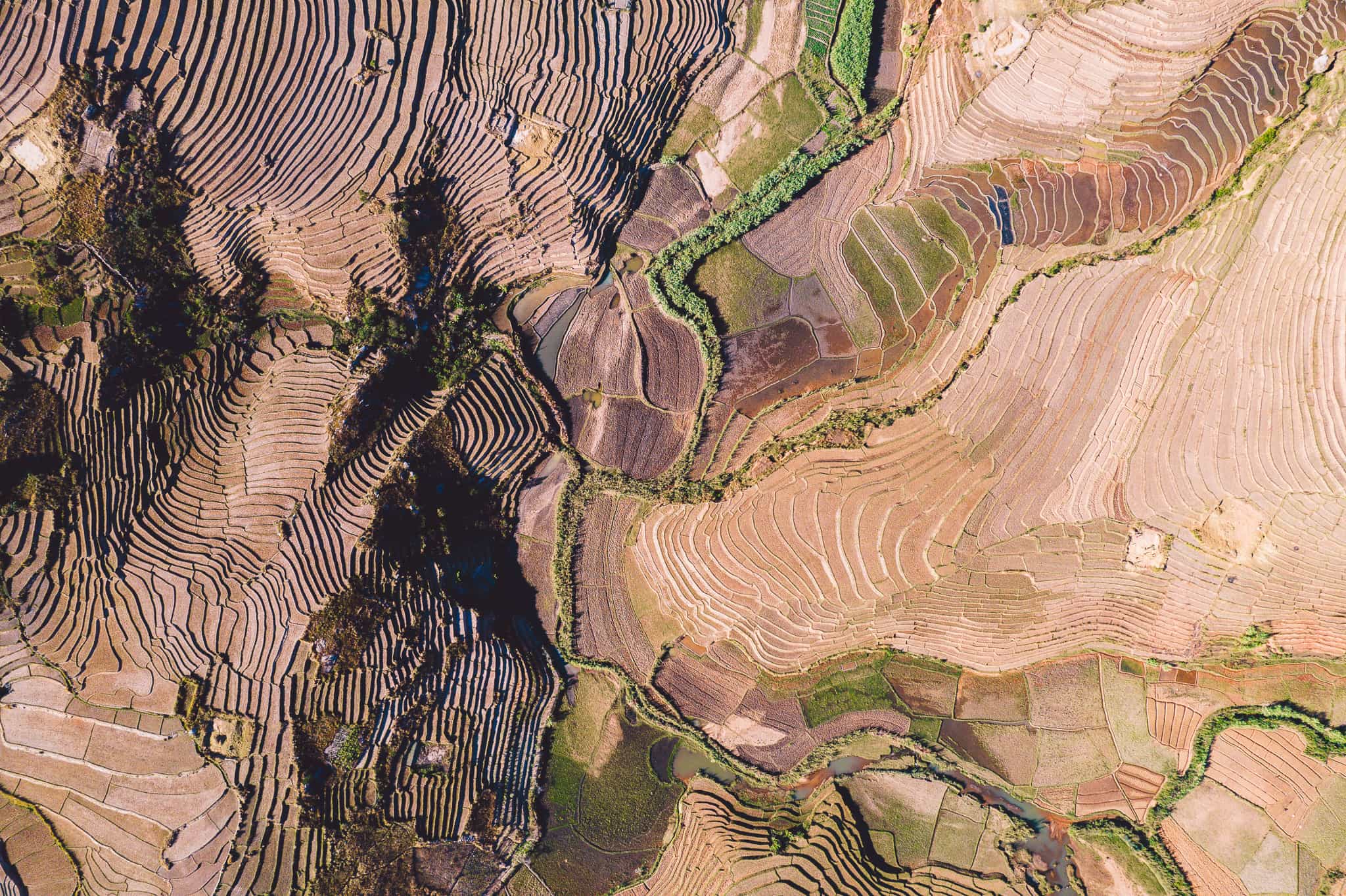Previous research indicates that sustainable irrigation expansion in Sub-Saharan Africa holds significant promise for enhancing food security, economic prosperity, and climate resilience. However, investments in large-scale dam and irrigation infrastructure have seldom delivered the expected outcomes, and only about 5% of cropland in the region is irrigated today. This study employs satellite remote sensing to showcase the potential of decentralized irrigation systems—those that do not rely on large-scale dams—to drive irrigation expansion in Sub-Saharan Africa.
Using data from 2000 to 2021, we found that center pivot irrigation, a method characterized by its distinctive circular shape, is expanding twice as fast as other forms of irrigation in the region. By analyzing the proximity of center pivot irrigation to dams, we determined that these systems are significantly less likely to rely on dam-based water sources compared to other irrigation types. This research demonstrates that decentralized irrigation is growing in Sub-Saharan Africa and underscores the importance of better understanding its implications for climate resilience and water sustainability.
Emily and Anna’s Impact:
- Reviewed development literature on irrigation and agricultural investment in Sub-Saharan Africa.
- Identified and compiled datasets on irrigation activity, dams, agriculture, and topography.
- Wrote code to analyze and map irrigation expansion dynamics in the region.
- Submitted an abstract on preliminary findings to the American Geophysical Union (AGU) Fall Meeting.


